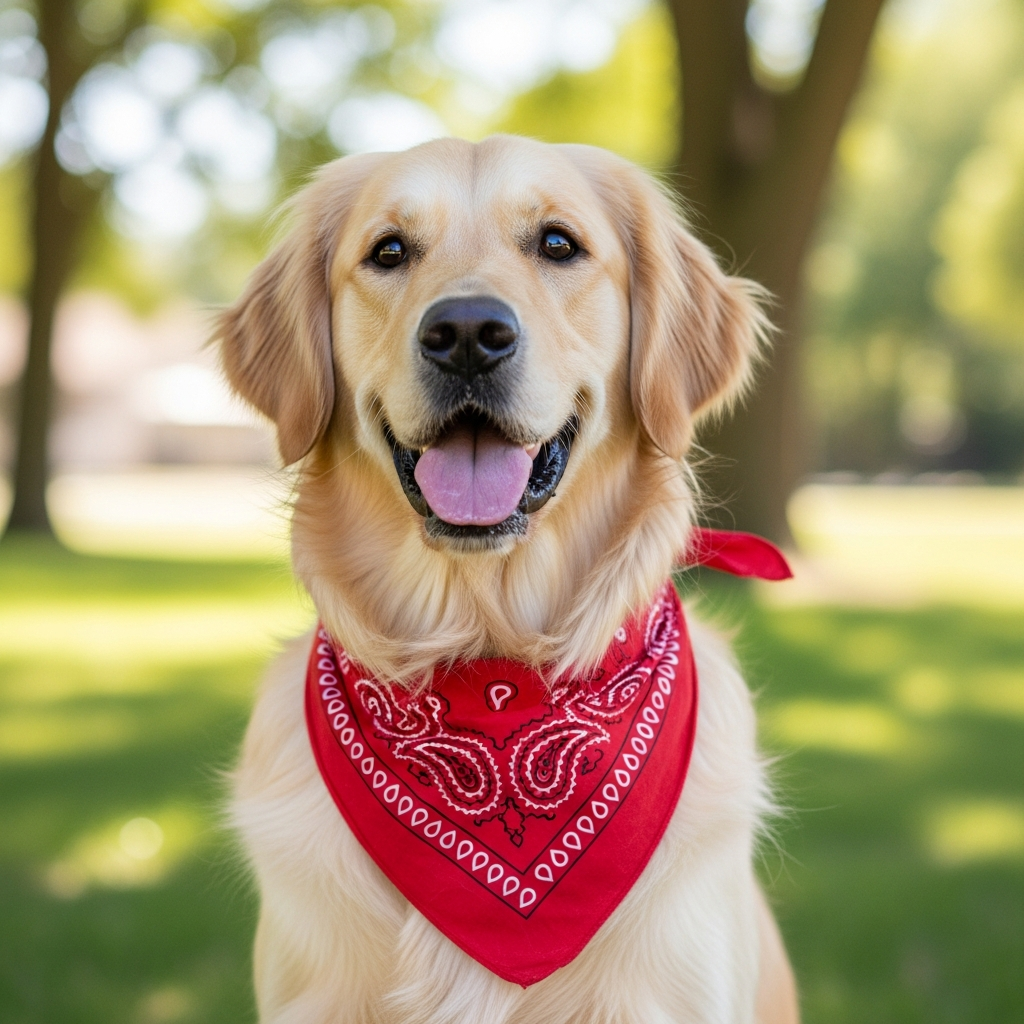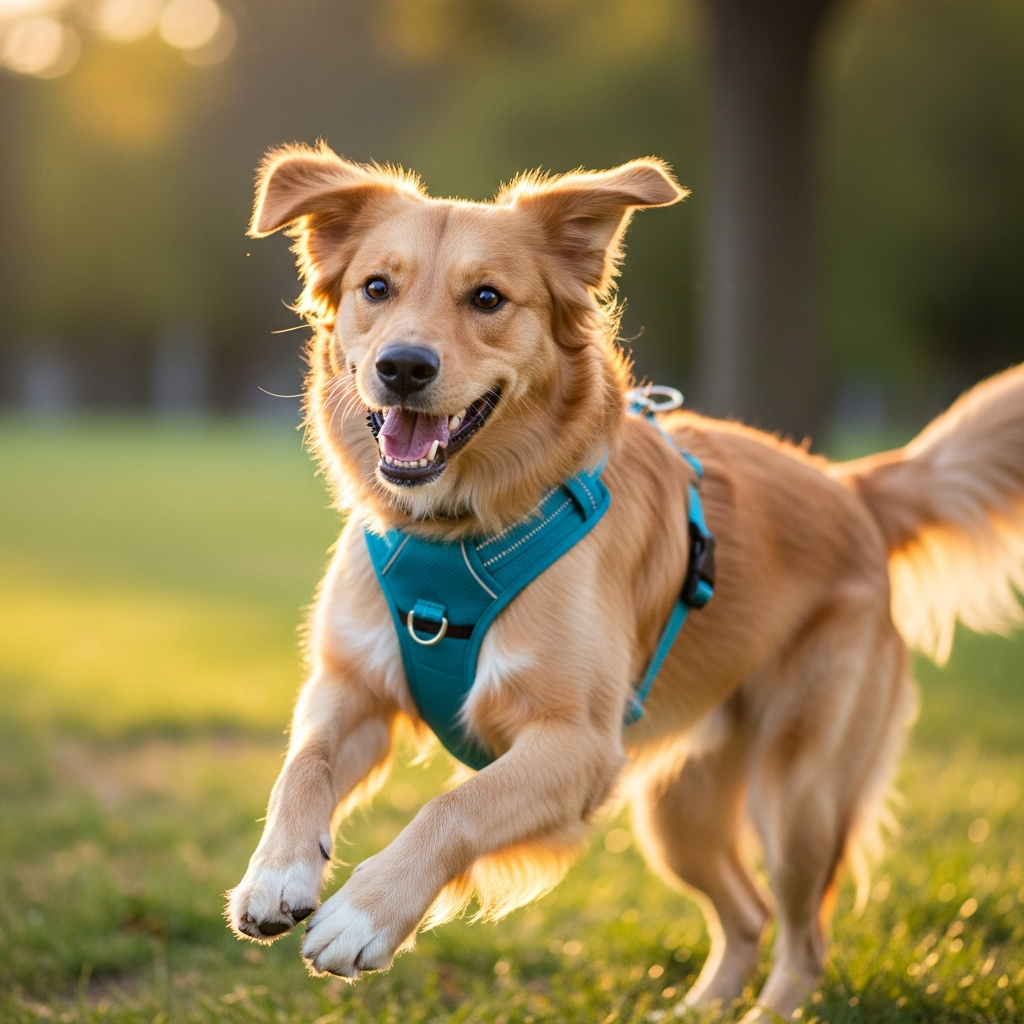Your small dog's neck is so fragile, and collars feel dangerous. You worry about a single wrong pull causing a serious injury. The right harness offers a safe, secure, and comfortable solution for your peace of mind.
The best type of harness for a small dog is a vest-style or H-style harness. These designs are made from soft, lightweight materials that distribute pressure evenly across their chest, protecting their fragile neck and trachea from injury while providing secure, comfortable control on walks.
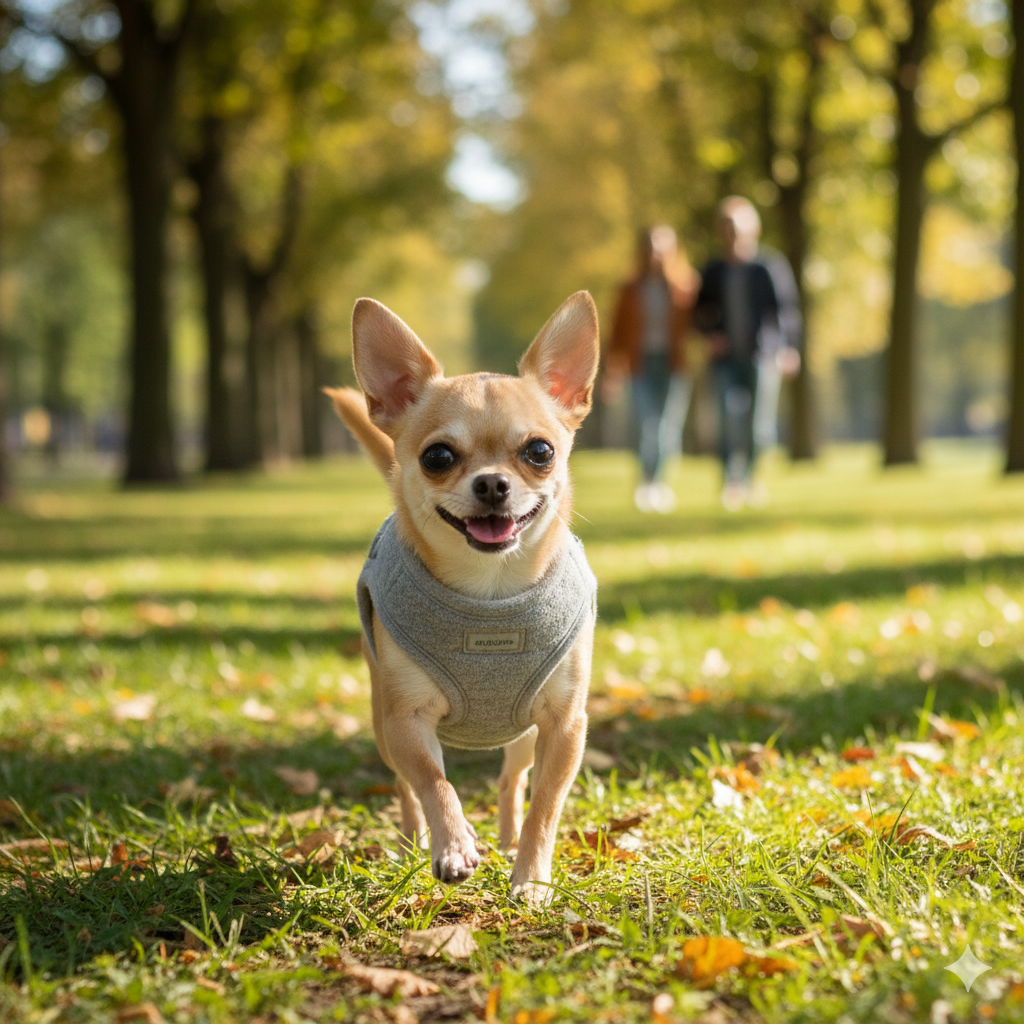
As a designer of pet products, my focus shifts dramatically when I'm working on gear for small dogs versus large ones. With big dogs, the challenge is managing force. With small dogs, the primary challenge is protecting their incredibly fragile anatomy. A standard collar becomes a dangerous tool when used on a dog with a neck as delicate as a bird's. The entire design philosophy has to change from force management to gentle, safe control. Let's look at why the specific type of harness is so important for their well-being.
Why is a Collar So Dangerous for Small Breeds?
A collar seems simple enough for your small dog. But you've probably heard them gag or cough when they pull. The risk of permanent tracheal collapse is terrifyingly real for small breeds.
A collar is dangerous for small breeds because it puts direct, concentrated pressure on their fragile trachea. This can easily lead to tracheal collapse, a painful and often irreversible condition, along with other serious neck, thyroid, and spinal injuries.
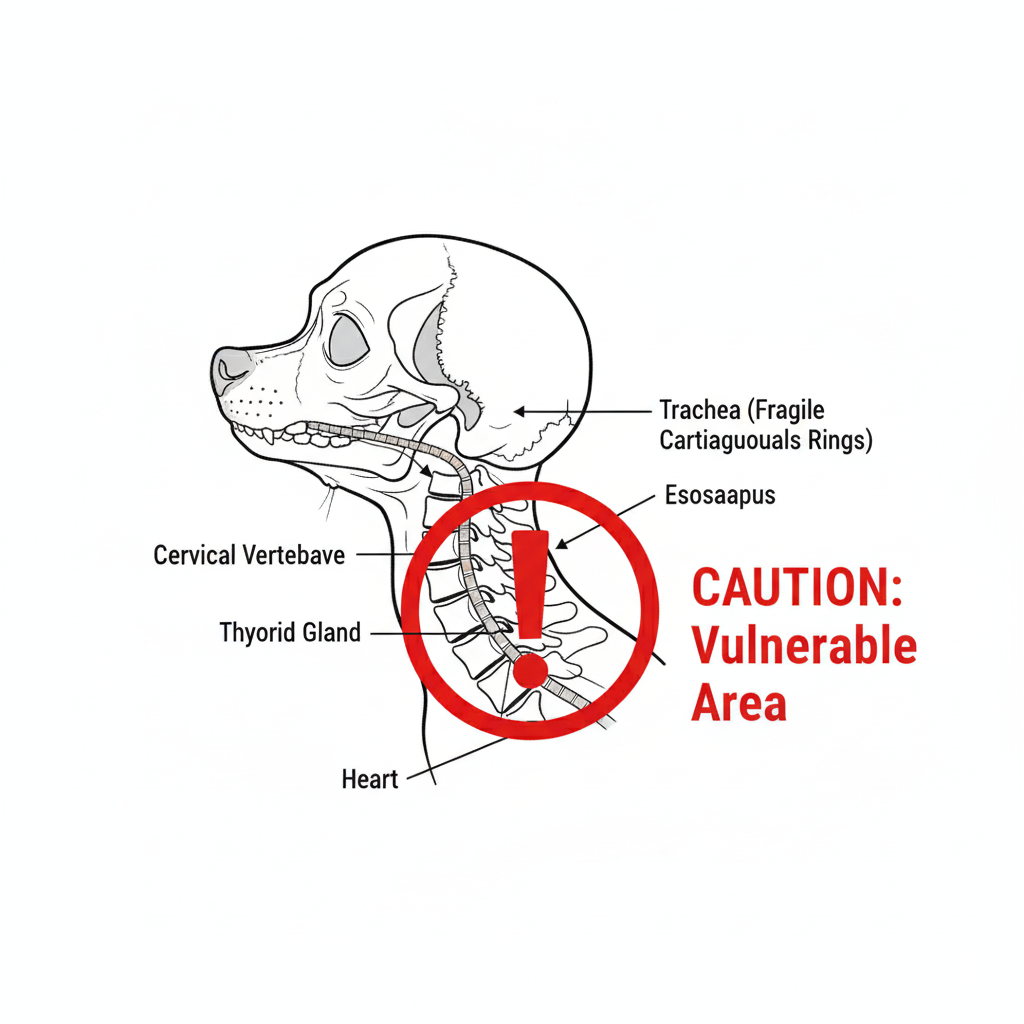
From a design standpoint, using a collar on a toy breed is a fundamental mismatch of tool to user. Our job is to solve problems, not create them. Small breeds like Yorkshire Terriers, Pugs, and Chihuahuas are genetically prone to a condition called tracheal collapse, where the cartilage rings of their windpipe weaken and flatten. When a dog pulls on a collar, all of that leash pressure is focused on this exact spot. It can cause immediate pain and gagging, and over time, it can cause or worsen this chronic condition. It’s like squeezing a cardboard tube—eventually, it’s going to collapse. A harness completely removes this risk by moving the pressure points to the dog's strong chest and shoulders, leaving the delicate neck completely free and safe.
Small Dog Safety: Collar vs. Harness
| Potential Injury | Risk with a Collar | Risk with a Harness |
|---|---|---|
| Tracheal Collapse | VERY HIGH | Negligible |
| Esophageal Damage | Moderate | Negligible |
| Spinal Injury | Moderate | Negligible |
| Eye Pressure (Glaucoma) | Moderate | Negligible |
What Features Make a Harness Great for Small Dogs?
Walking through the pet store, all the small harnesses look cute but flimsy. You worry about choosing one that's too heavy, bulky, or will chafe their sensitive skin under their little legs.
The best features are lightweight, breathable materials like mesh, and soft, non-abrasive edging to prevent chafing. Look for small, low-profile buckles that won't dig in, and a well-placed D-ring on the back that distributes pressure evenly across the chest.
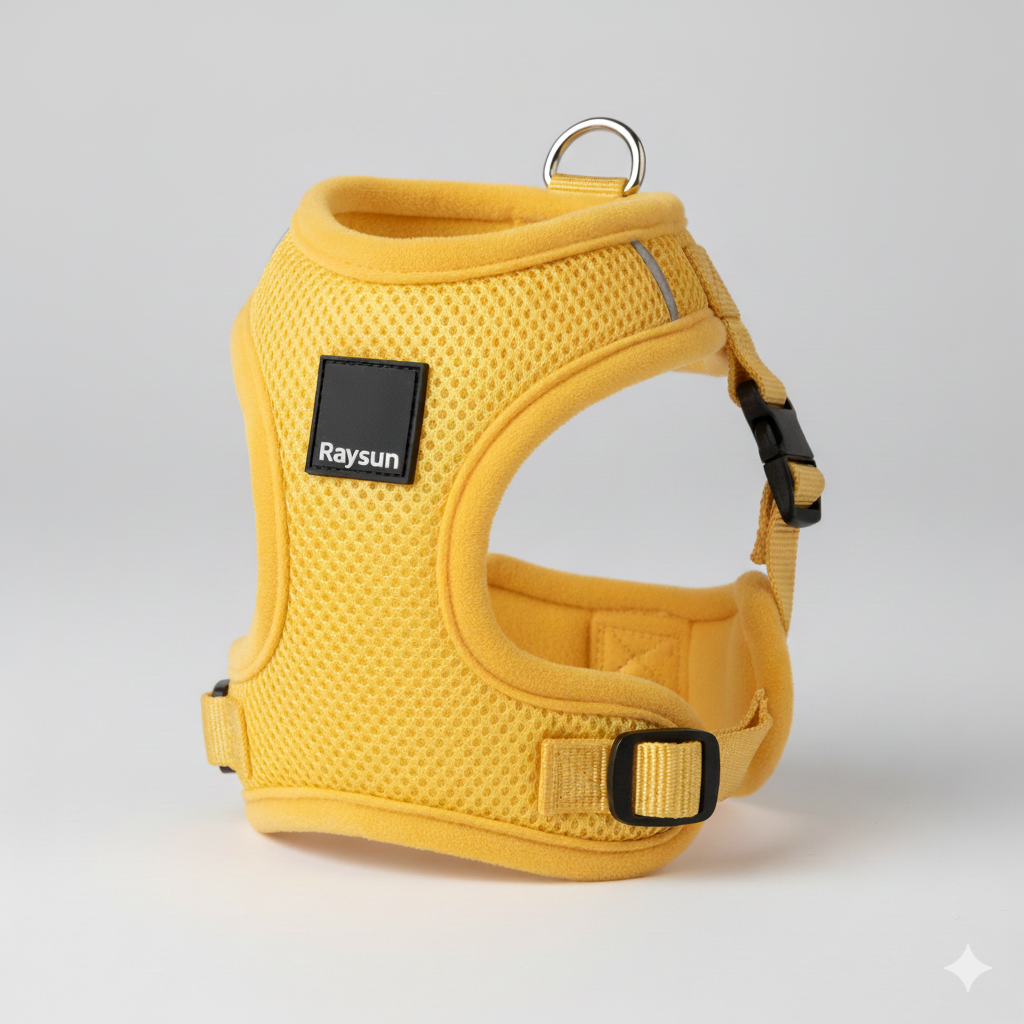
Designing for a small dog is a game of ounces and millimeters. Every component must be scaled down appropriately, not just in size but in weight. A buckle that feels fine on a 50-pound dog can feel like a brick on a 5-pound dog.
Key Design Considerations
- Material: The body of the harness should be made from something like air mesh. It's incredibly lightweight, it breathes to prevent overheating, and it's soft. Heavier fabrics like canvas can be too rigid and bulky for a tiny frame.
- Edging: This is where many harnesses fail. The trim around the leg holes must be soft and smooth. I often use a soft fabric binding to prevent the raw edge of the webbing from rubbing and chafing their delicate skin, especially in the sensitive "armpit" area.
- Hardware: All hardware, from the D-ring to the adjustment slides, should be small and lightweight. I prefer high-quality plastic hardware for toy breeds over metal, as it dramatically reduces the overall weight and won't feel cold against their body.
How Do You Ensure a Perfect Fit for a Tiny Dog?
Getting the right size for a tiny dog is so hard. You worry that if it's too loose they'll escape and run into traffic, but too tight will surely be uncomfortable and rub them raw.
To ensure a perfect fit, use the "two-finger rule": you should be able to slide two fingers snugly between any part of the harness and your dog's body. The harness should not shift excessively or impede their shoulder movement.
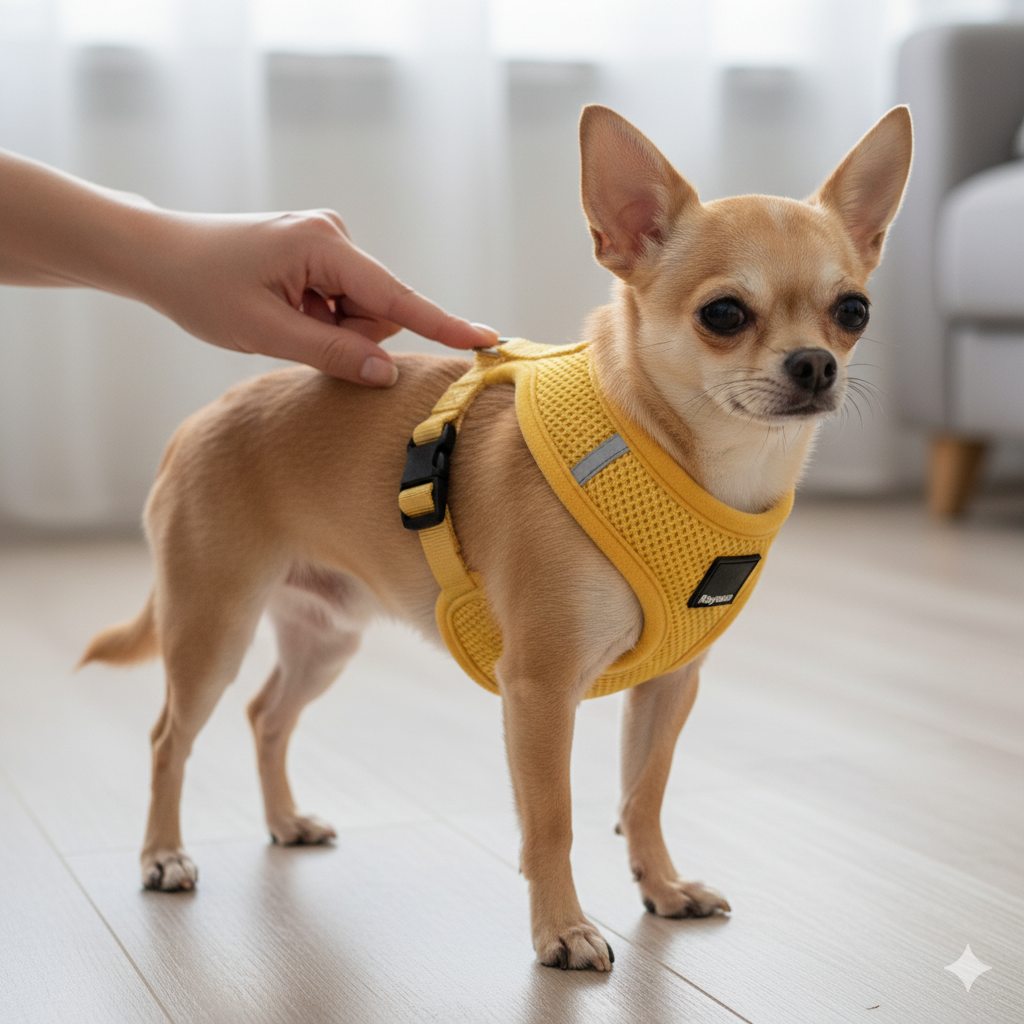
A perfect fit is the final, crucial step to ensuring a harness is both safe and effective. An ill-fitting harness is at best uncomfortable, and at worst, dangerous. If it's too loose, a small dog can easily twist and back out of it, which is a terrifying scenario near a busy street. If it’s too tight, it will restrict movement, chafe their skin, and cause discomfort. The engineering of the product means nothing if the fit is wrong.
The Fitting Checklist
- Measure First: Before you even buy a harness, use a soft tape measure to find your dog's chest girth—the widest part of their ribcage. This single measurement is the most important factor for sizing.
- The Two-Finger Test: Once the harness is on, adjust all the straps. You should be able to fit two flat fingers (not your whole hand!) between the harness and your dog. Check this at the neck, chest, and back.
- Check the Gaps: Pay special attention to the area behind their front legs. There should be no large gaps, but the harness shouldn't be digging into their skin either.
- Watch Them Move: Let your dog walk around inside for a few minutes. Watch for any signs of restricted movement or chafing. The harness should stay centered on their back and not shift too much from side to side.
Conclusion
Choosing the right harness for your small dog is vital. A lightweight, properly fitted model protects their fragile neck, ensuring every walk is safe, comfortable, and free from the risk of serious injury.
Cindy Long is the Sales Manager of Raysunpets and a pet lover with over 12 years of experience in exporting pet products. She specializes in providing customized dog chest carriers, leashes and pet accessory solutions for the European and American markets, always focusing on the real needs of customers and pets, and is committed to creating high-quality, practical and comfortable products that allow fur kids to live happier lives.

